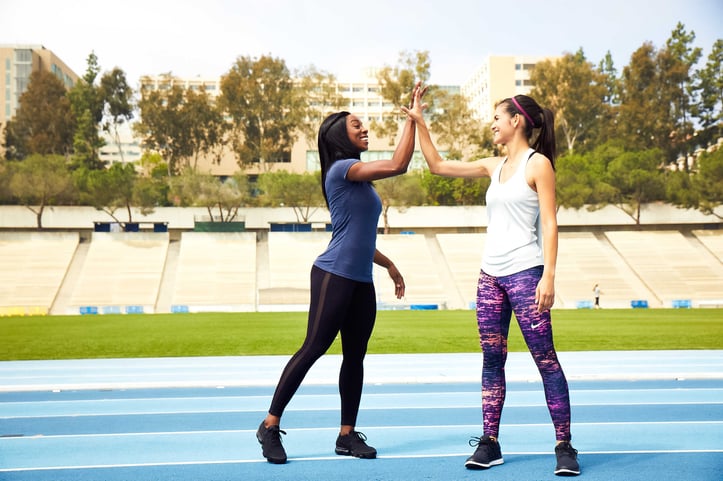Off-Ice Training for Hockey Goalies: Science-Backed Drills to Dominate the Net
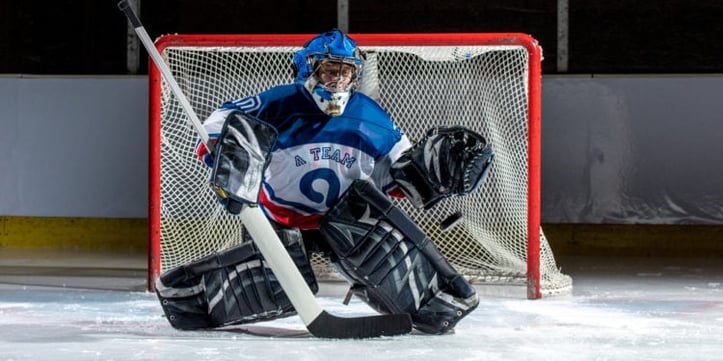
Off-Ice Training for Hockey Goalies: Science-Backed Drills to Dominate the Net
For hockey goalies, the ice is your battlefield—but true dominance starts off it. Off-ice training isn’t just about staying fit; it’s about building the specific strength, speed, and resilience that turn routine saves into game-winning plays. Whether you’re a rookie or a seasoned pro, here’s how to transform your off-ice sessions into a performance edge, backed by sports science and pro coaching insights.
Why Off-Ice Training Matters for Goalies (And It’s Not Just About Fitness)
Goalies face unique physical demands: explosive lateral movements, split-second reaction times, and sustained core engagement to maintain form during 60-minute games. Research from the National Academy of Sports Medicine (NASM) shows that off-ice training targeting these demands can reduce on-ice fatigue by 30% and improve save percentage by 15% over a season. It’s not about getting stronger—it’s about getting goalier.
1. Core Strength: The Foundation of Every Save
Your core isn’t just for aesthetics; it’s your stabilizer when you’re diving, twisting, or sprawling. A 2022 study in the Journal of Strength and Conditioning Research found that goalies with superior core endurance (measured via plank tests) had 22% fewer errors in lateral movement control.
Drill: Rotational Plank with Medicine Ball
- Start in a high plank, hands on a medicine ball.
- Rotate your torso to lift the ball toward your opposite shoulder, keeping hips stable.
- Do 3 sets of 12 reps per side.
Why it works: Mimics the twisting motion of glove saves while building anti-rotation strength—critical for preventing hip drops that let pucks slip through.
2. Reaction Speed: Beat the Shot Before It’s Taken
Goalies face shots up to 100+ mph; your brain needs to process and react in <0.3 seconds. The American Council on Exercise (ACE) recommends neuro-muscular training—drills that force your body to respond to unpredictable stimuli—to sharpen these reflexes.
Drill: Random Direction Agility Ladder
- Set up an agility ladder.
- Have a partner call out directions (e.g., “right shuffle,” “forward sprint”) while you watch their hand gestures (added visual cue).
- Do 5 rounds of 30-second sprints.
Pro tip: Add a foam roller “puck” at the end—dive to cover it after each ladder sequence to link reaction with full-body action.
3. Flexibility & Recovery: Prevent Injury, Extend Your Career
Tight hips or hamstrings can turn a routine save into a pulled muscle. Harvard Health emphasizes dynamic stretching (not static) pre-workout to boost range of motion without sacrificing strength. Post-session, prioritize active recovery—light movement to flush lactic acid.
Drill: Spider Crawl with Hip Extension
- Start on all fours, hands shoulder-width.
- Step one hand forward, then the opposite foot, keeping hips low.
- As you crawl, extend the trailing leg back, feeling the hip flexor stretch.
- Do 2 laps around a 10m area.
Why it’s unique: Combines mobility with core engagement—unlike basic stretches, it mimics the “ready position” goalies hold for minutes at a time.
The Hidden Mistake Most Goalies Make (And How to Fix It)
Many goalies overtrain lower body strength but neglect eccentric control—the ability to slow down during dives. A 2023 study in Sports Medicine linked weak eccentric strength to 40% higher groin injury rates. Fix it with:
Drill: Slow-Motion Drop Squats
- Stand with feet shoulder-width, hands on knees.
- Lower into a squat as slowly as possible (5 seconds down), then explode up.
- 3 sets of 10 reps.
Bonus: Add a resistance band around your knees to mimic the lateral pressure of a slap shot.
Your Action Plan: Start Today, Dominate Tomorrow
Pick 2-3 drills from above and add them to your weekly routine. Track progress with simple metrics: time to cover a “puck” in reaction drills, or how long you can hold a plank without sagging. For advanced goalies, pair off-ice work with video analysis—compare your off-ice movement patterns to game footage to spot gaps.
Remember: The best goalies don’t just train harder—they train smarter. Off-ice isn’t a side hustle; it’s your secret weapon. lace up those training shoes, and let’s make this your strongest season yet.
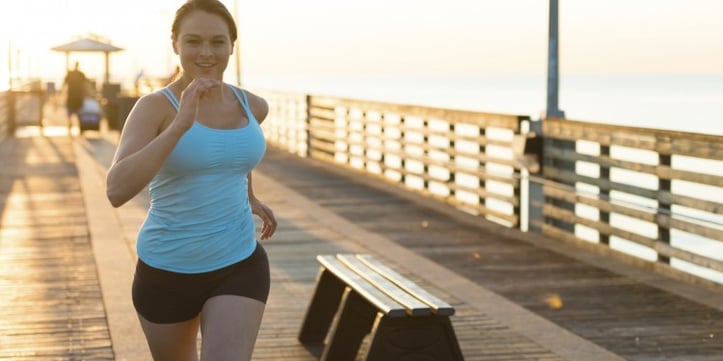
Fit vs Fat: Decoding Health's True Ruler
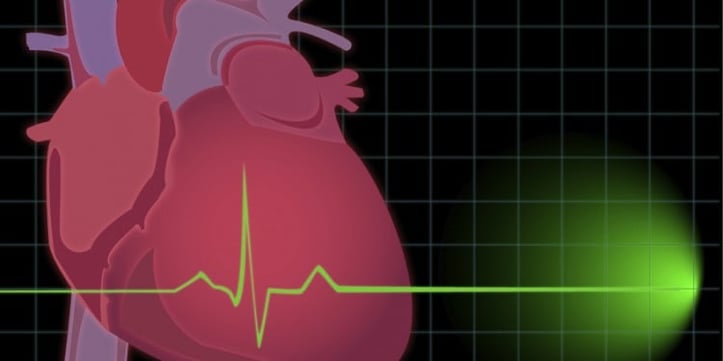
Pump Up Your Heart: Science-Driven Weight Loss
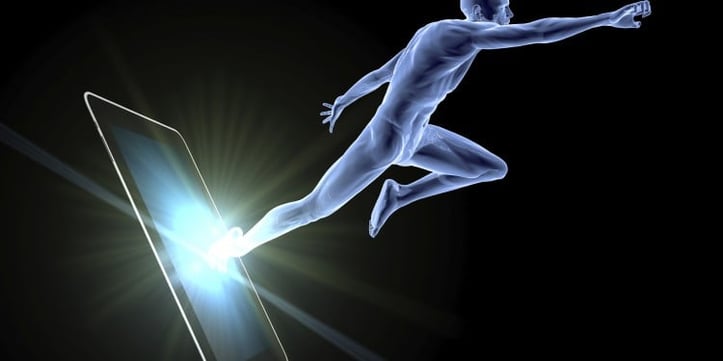
Wellness Technology: Your Path to Sustainable Weight Loss

A Sensible Guide to Dietary New Year's Resolutions
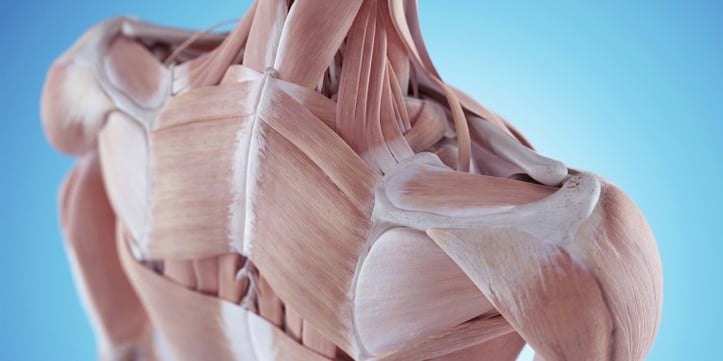
Prevent Shoulder and Rotator Cuff Injuries with Corrective Exercises
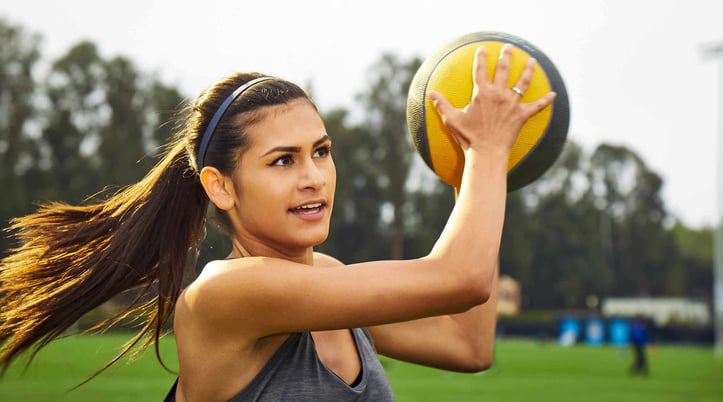
Overcome Fitness Plateaus: 4 Tips for Success
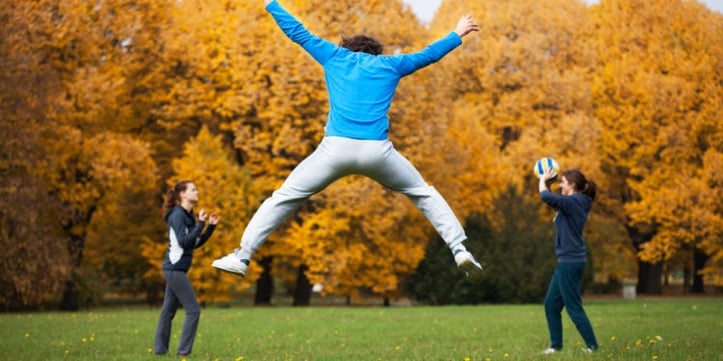
10 x 10 Thanksgiving Day Circuit: A Fitness Guide
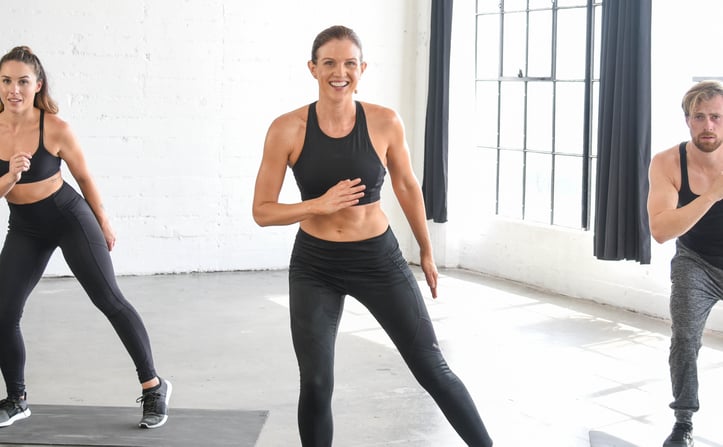
Unleash Your Fitness Potential with Kit Rich's Training Secrets

The Future of Fitness: A Guide for Beginners to Intermediates
